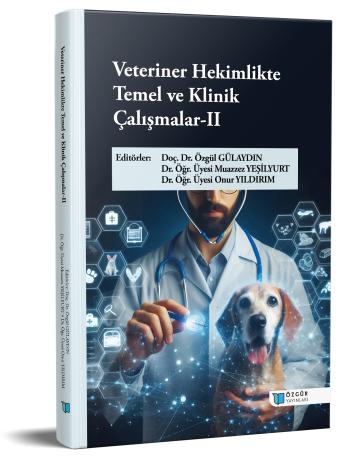
Blood-Derived Products in the Treatment of Corneal Ulcers: Therapeutic Potential of PRP and PRF
Şu kitabın bölümü:
Gülaydın,
Ö.
&
Yeşilyurt,
M.
&
Yıldırım,
O.
(eds.)
2025.
Veteriner Hekimlikte Temel ve Klinik Çalışmalar-II.
Özet
Corneal ulcers are among the most critical ophthalmic disorders requiring urgent intervention, as they pose a significant risk of vision loss and ocular integrity disruption. Conventional treatment strategies primarily aim to reduce pain, prevent secondary infections, control collagen degradation, and support epithelial regeneration. Medical therapy, including topical antibiotics, anticollagenase agents, cycloplegics, and analgesics, forms the cornerstone of initial management. However, in cases resistant to standard approaches or associated with delayed healing, biological products have recently emerged as promising adjunctive options.
Blood-derived preparations such as autologous serum, platelet-rich plasma (PRP), and platelet-rich fibrin (PRF) have gained increasing attention in both human and veterinary ophthalmology due to their natural biological composition and regenerative potential. Autologous serum contains essential growth factors, vitamins, and antimicrobial components that nourish epithelial cells and support their migration and proliferation. PRP, characterized by its high platelet concentration, delivers a rapid release of growth factors including PDGF, VEGF, IGF, and EGF, thereby stimulating angiogenesis, fibroblast activation, and epithelial repair. In contrast, PRF represents a second-generation product that incorporates platelets and leukocytes within a fibrin matrix, allowing for a slower and more sustained release of bioactive molecules. This unique feature enhances its effectiveness in chronic and deep corneal ulcers.
Overall, blood-derived therapies offer safe, accessible, and biologically compatible alternatives or complements to conventional medical and surgical interventions. Although their clinical potential has been demonstrated in various studies, further standardized and controlled trials are required to establish their long-term efficacy and optimize their use in both veterinary and human ophthalmology.

